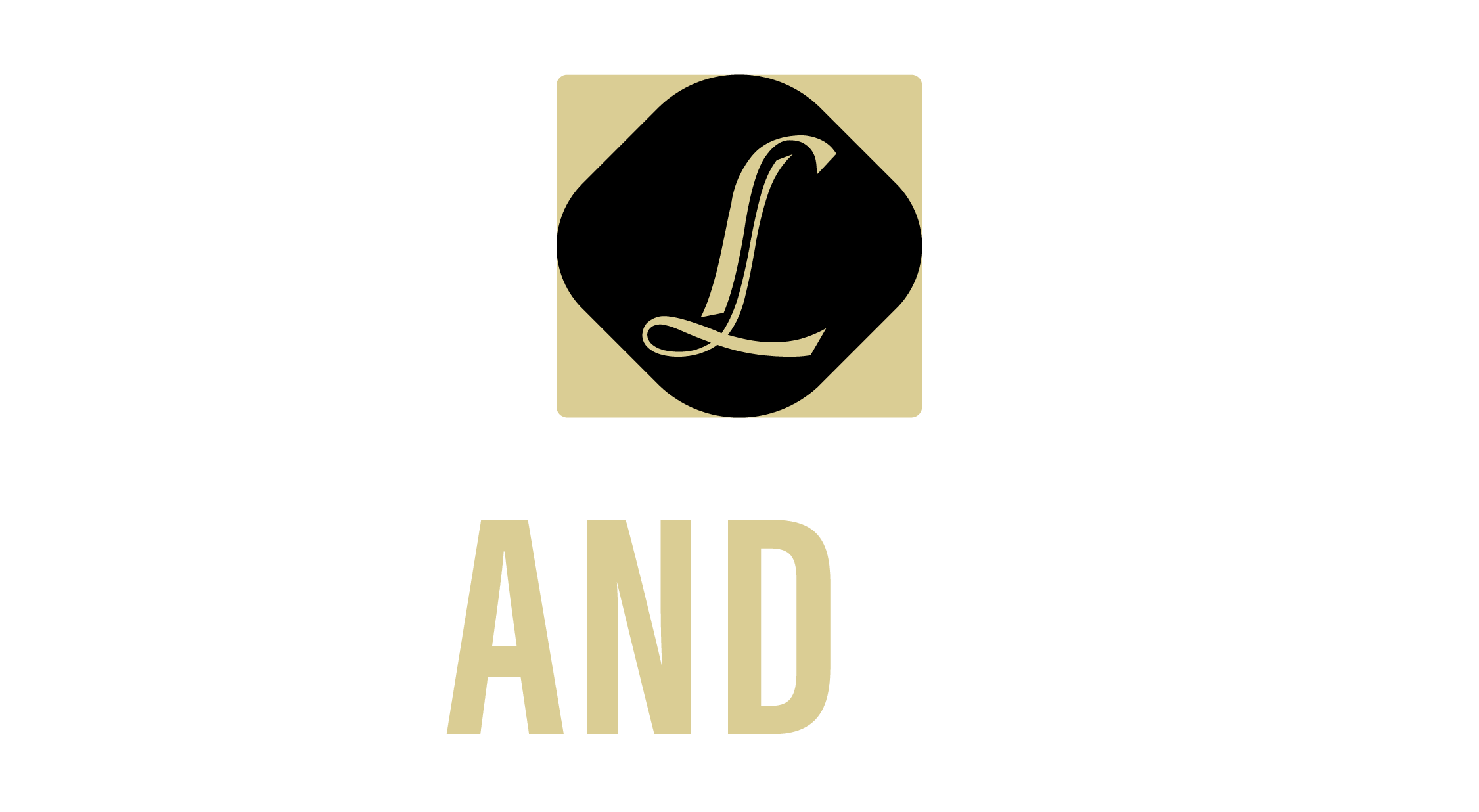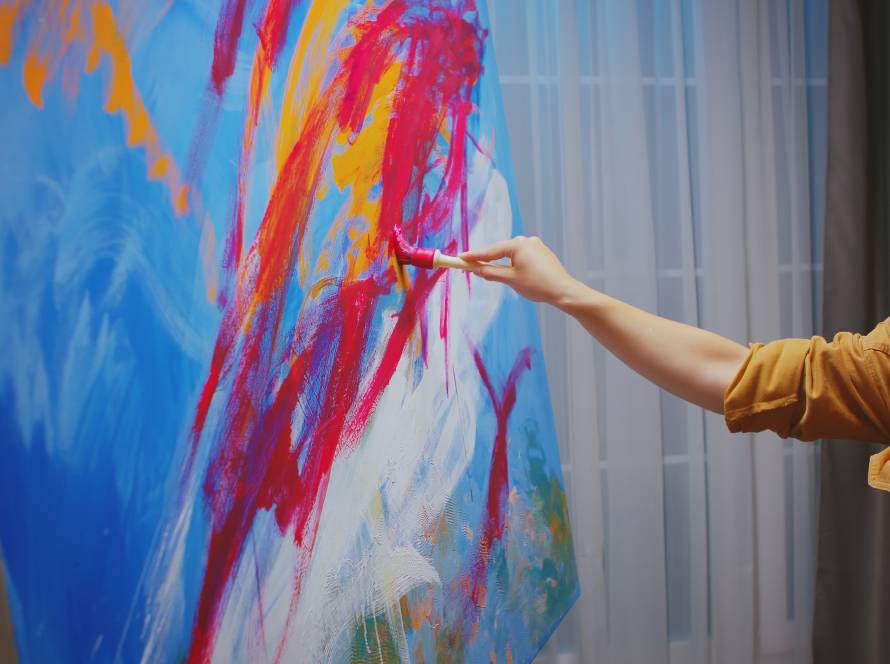Mental health is a more significant issue that has gained momentum in the modern-day hectic world. Among the potent methods that have received appreciation, the art therapy benefits are becoming clear as they utilize the transformative power of creativity to promote mental well-being. This blog will delve into the immense usefulness of creativity in terms of mental well-being using art therapy to explain how artistic expression can positively impact emotional well-being, resilience, and a self-discovery experience.
Beyond Insanity and Madness
It is essential to understand the relationship between creative expression and psychological health before exploring the specifics of Art Therapy Benefits. Creativity has been described as the capability to come up with new and beneficial ideas or works. It is not restricted to the conventional artistic activities; it has a large scope of activities, which include writing, music, cooking, and gardening. Being creative may help to stimulate the brain, improve problem-solving ability, and a sense of achievement. This foundational link between creativity and well-being is precisely what structured art therapy harnesses and amplifies to deliver its profound benefits.
Mental well-being, in its turn, is the emotional, psychological, and social well-being of a person. It shapes our thinking, emotions and behavior. Good mental well-being is the key to stress coping, creation of relationships and decision-making. This is because creativity might serve as a potent instrument of improving mental health by affording an expression and exploration channel.
The Role of Art Therapy
Art therapy refers to a form of therapeutic intervention based on creative processes that enable persons to express themselves in their thoughts and feelings. Through trained art therapists, it is assisted where the clients are directed to use the different artistic mediums, which include painting, drawing, sculpture, and collage, to discover and express themselves. This is unlike conventional talk therapy where individuals use words to communicate; however, art therapy offers the chance of people to be able to convey their feelings in a non-verbal way and it is, therefore, effective among individuals who may not express themselves well.
It has been found that art therapy can result in major improvements in mental health such as reduction of anxiety, depression and stress. It gives people a secure and non-judging space to examine their feelings, have an insight into their thinking and practice coping skills.
The positive gains of Creativity to Psychological Health through Art Therapy.
Emotional Expression
The possibility of expressing emotions is one of the greatest advantages of art therapy. Most of them particularly those who have been traumatized or have undergone a major life transformation might have a difficult time explaining their feelings through words. Art therapy is a non threatening form by which they can work with and find expression in their feelings.
Through art, people are able to externalize what they feel and therefore are able to come out better understanding what they feel. As an example, an individual grieving can come up with a work that portrays his or her grief, and this work will assist the individual to cope with his or her loss in a physical sense. This process both helps in the release of emotions and also helps in healing and self acceptance.
Stress Reduction
Creativity has been revealed to alleviate stress in a big way. Whenever people engage themselves in the art world, they tend to enter the state of flow as they become completely involved in the art process. This flow of state may be a kind of meditative practice permitting people to forget their worries and anxieties.
Mindfulness practices are also a common part of art therapy sessions where participants are given the opportunity to concentrate on the reality at the moment and the sensations involved in artmaking. The above mindfulness aspect may result in lowered cortisol levels (the stress hormone) and a general feeling of relaxation and well being.
Increased Self-Esteem and Confidence
Art acting can improve individuals self esteem and confidence especially when individuals view their creative acts as worthwhile and authentic. In art therapy, the result is not important but the process of making the art. This change of attention enables people to enjoy their creativity without being under the pressure of perfectionism.
When people make and present their work in an encouraging setting, they are likely to have positive assessments and confirmation of their colleagues and therapists. This support can assist in developing self-worth and a sense of accomplishment, and the notion that their feelings and thoughts matter.
Better Communication Skills
Art therapy is able to improve communication, especially in a person who does not express himself/herself verbally. Through art as a medium of communication, people are able to express some complex emotions and thoughts which they may not be able to explain. This would be particularly useful to children or to people with developmental issues that might lack verbal skills.
Art therapy teaches people to express their experiences and feelings in a pictorial manner, and this has the ability to improve the way others express themselves in other life aspects. The result of this increase in confidence in communication may be better relations with family, friends, and peers.
Coping with Trauma
Art therapy has been shown to be a useful instrument to trauma victims. Art also helps people to deal with traumatic events in a secure and manageable space. It is capable of assisting them to deal with their emotions and recollections without the necessity to re-experience the trauma orally.
As an illustration, a combat veteran struggling with PTSD can come up with a piece of art that depicts combat experiences. This form of creativity can give them some sense of control and empowerment and they are capable of reclaiming their story and can start the healing process.
Real-Life Examples and Case Studies
Art therapy has been successfully applied in many different settings, such as schools, hospitals, and community centers.
Art Therapy in Schools
Art therapy has been used in school in recent years, proving that art education is essential to help students improve their mental health. As an example, one middle school located in a low-income neighborhood applied the art therapy program to students experiencing anxiety and stress concerning their home environments.
Students attended art therapy every week, and they made visual illustrations of their emotions. With time, the teachers observed that there was a vast improvement in the emotional control, communication abilities and academic performance of the students. This program did not only offer a medium through which the students could express themselves but also created a sense of community among the students.
Art Therapy for Veterans
The second effective use of art therapy is the use of this method in the veteran programs dealing with PTSD. The Veterans Affairs (VA), among other organizations, have incorporated the art therapy aspect of their mental health services to assist the veterans to deal with their experiences.
In another program, veterans attended art therapy classes where they produced works of art that were based on their experiences in the military. It was also mentioned that the creative process was the source of relief, empowerment, and enabled most of them to address their trauma in a safe environment. It was also the program that promoted camaraderie among the veterans creating a supportive network that was not limited to the therapy sessions.
Professional Knowledge about Art Therapy
In order to gain more insights concerning the advantages of creativity to mental health in art therapy, we interviewed Dr. Jennifer McKenzie, a licensed art therapist with 10 years of experience working in the field. According to Dr. McKenzie:
Art therapy is a rare occasion when people get to investigate their feelings and experiences without any judgment. Creating art can prove to be a very therapeutic exercise and a person can release the feelings that they might not express. I have witnessed myself how art therapy can change lives to make people find their voice, regain their narratives.
Dr. McKenzie points out the significance of creativity in mental health saying, “Creativity builds resilience. When people are involved in the creative process, they get to learn how to adapt, problem-solve, and negotiate the challenges. This strength does not only help them to improve mentally, but also to improve their living standards in general.
Introduction to Art Therapy
In case you would like to see the positive sides of art therapy as a way of improving your mental health, the following are some of the steps that you can follow:
Get a Certified Art Therapist: Search available certified art therapists. The licensed practitioners can be found by professional organizations, including the American Art Therapy Association.
Research Internet Materials: Scores of therapists can render a virtual art therapy session, so this is conveniently done at home. The process of creativity can also be learned online through workshops and classes through the very important insights.
Tests of Creative Activities: In case formal art therapy is not possible, you should consider creative activities. Painting, drawing or crafting are options that you can try to learn how to express yourself and see how you feel.
Become a Member of a Community Group: Find local art groups or workshops (concentrating on the creative expression). Being a part of teamwork may develop the feeling of belonging and affirmation.
Be Mindful: Learn to use mindfulness in your creative practice. Be in the present and do not think about the final product but the process of producing it.
Conclusion
Art therapy has immense and far reaching advantages to mental health due to its creativity. The ability to cope with their mental health issues is also enabled by the relief of emotions, minimization of stress, elevation of self-esteem, as well as development of relationships, which make art therapy effective in helping individuals cope with their mental health problems. Regardless of formal therapy or personal discovery of creativity, the welcoming of the creative can be accompanied by the transformative experience and mental health improvement.
With the challenges of living in the modern world, mental health cannot be overemphasized. With the power of creativity, we would be able to foster recovery, strength, and self-development, and improve our general well-being. In case you are in need of an activity that can help you improve your mental state, it is worth taking a trip to the field of art therapy, where art intersects with therapy, and self-discovery is carried out through the fun of art.





